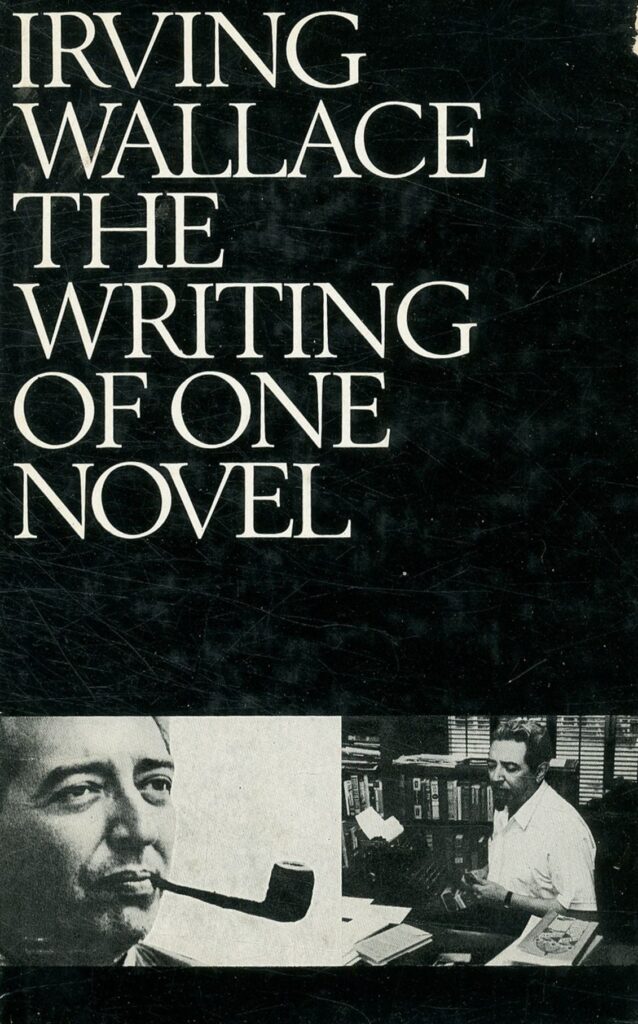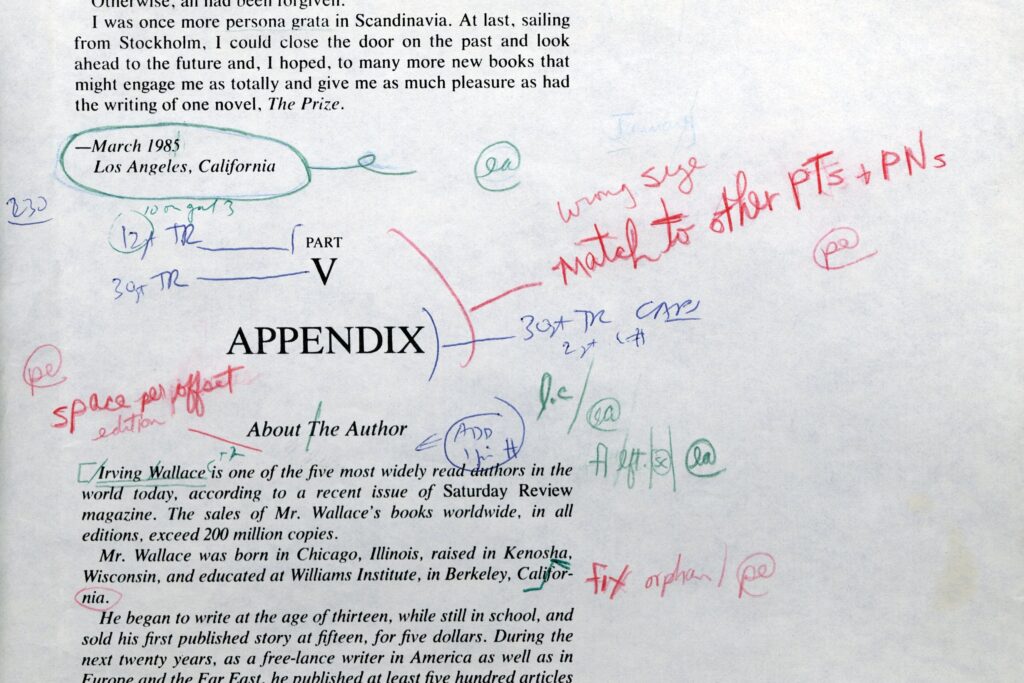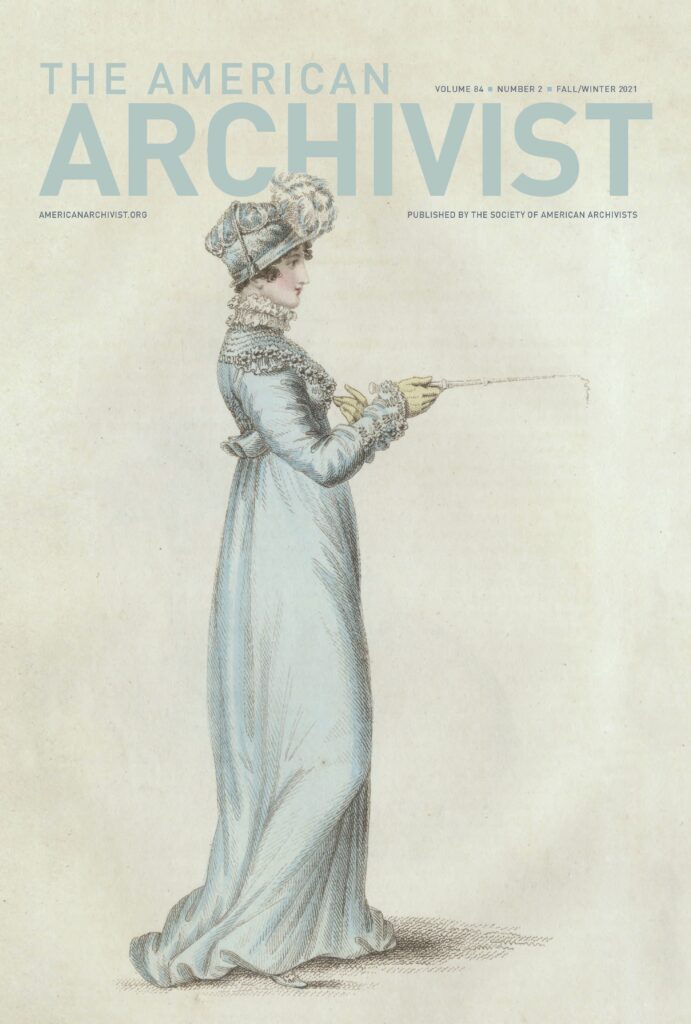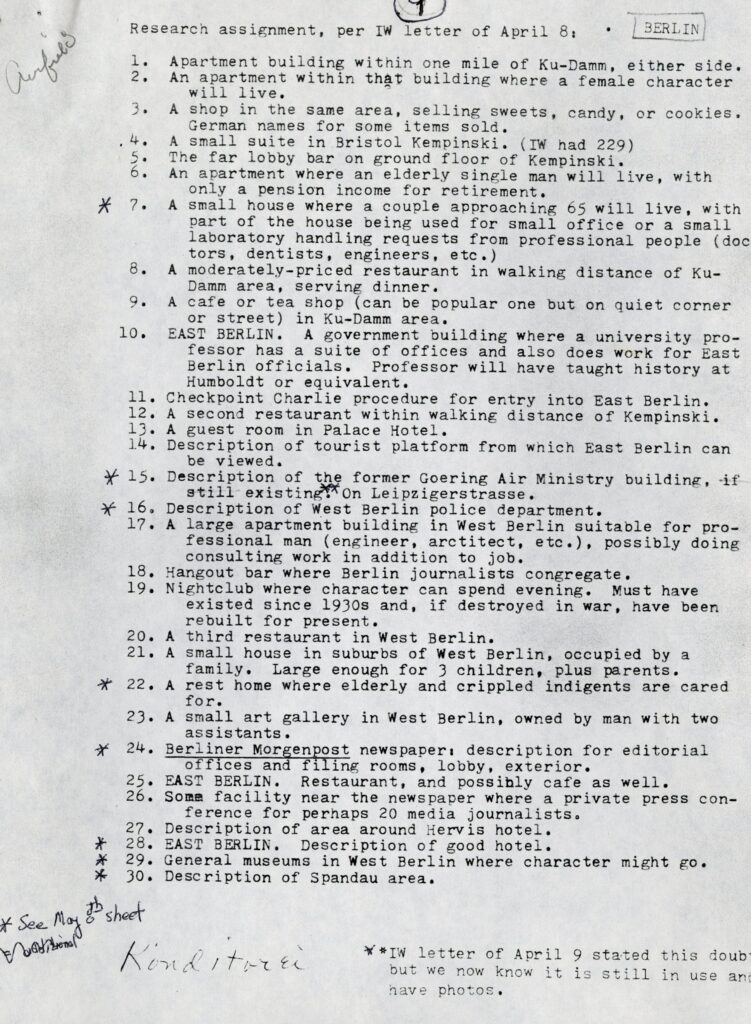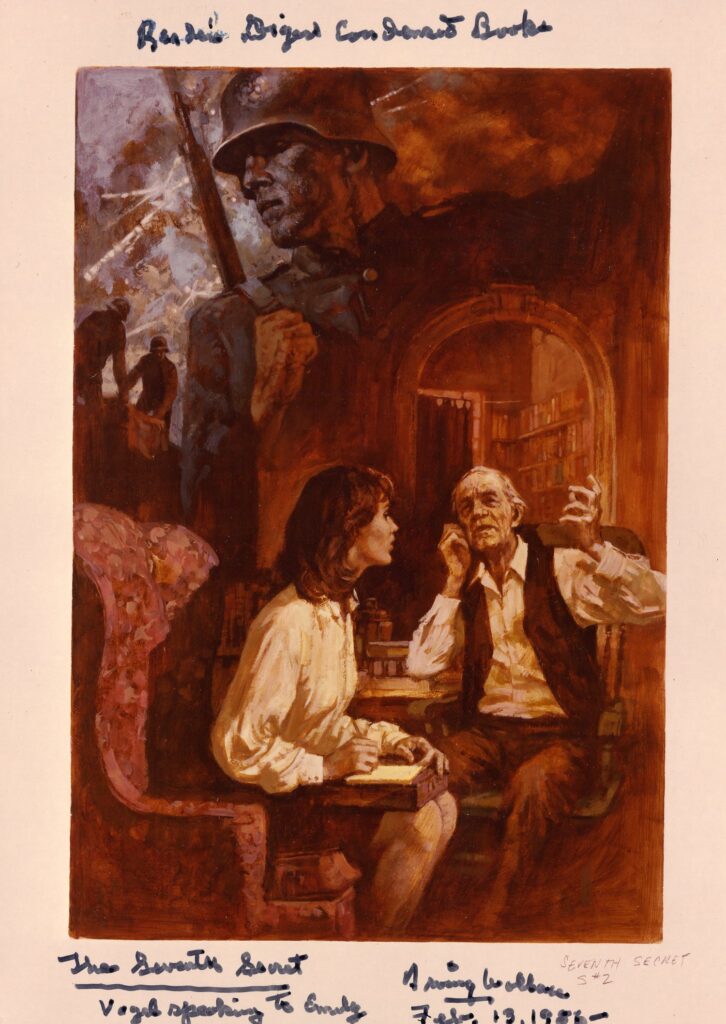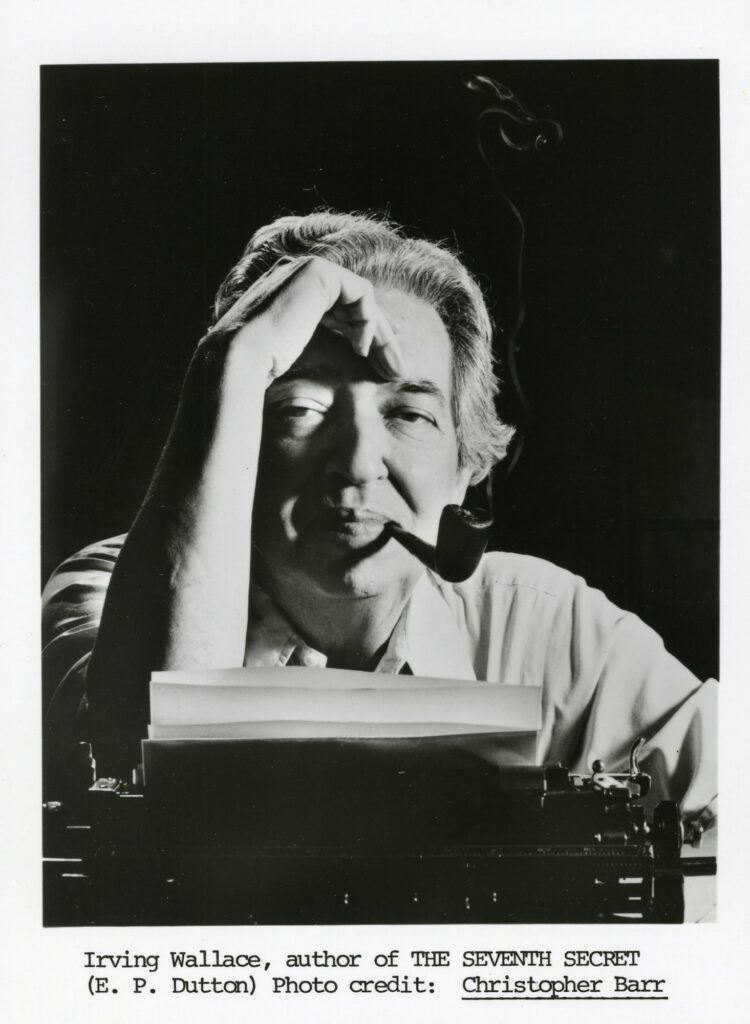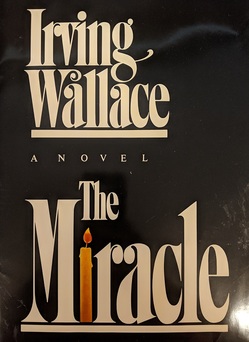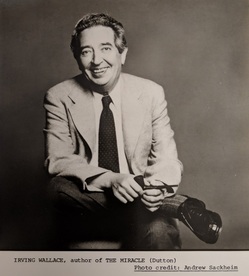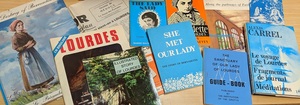“Tomorrow morning he would go into the publisher’s office, remove the pictures from the wall, sweep the massive oak desk clear of its artifacts. It would be his alone. And now, for the first time, he felt confident that anything was possible and it could be his for all time.” (35)
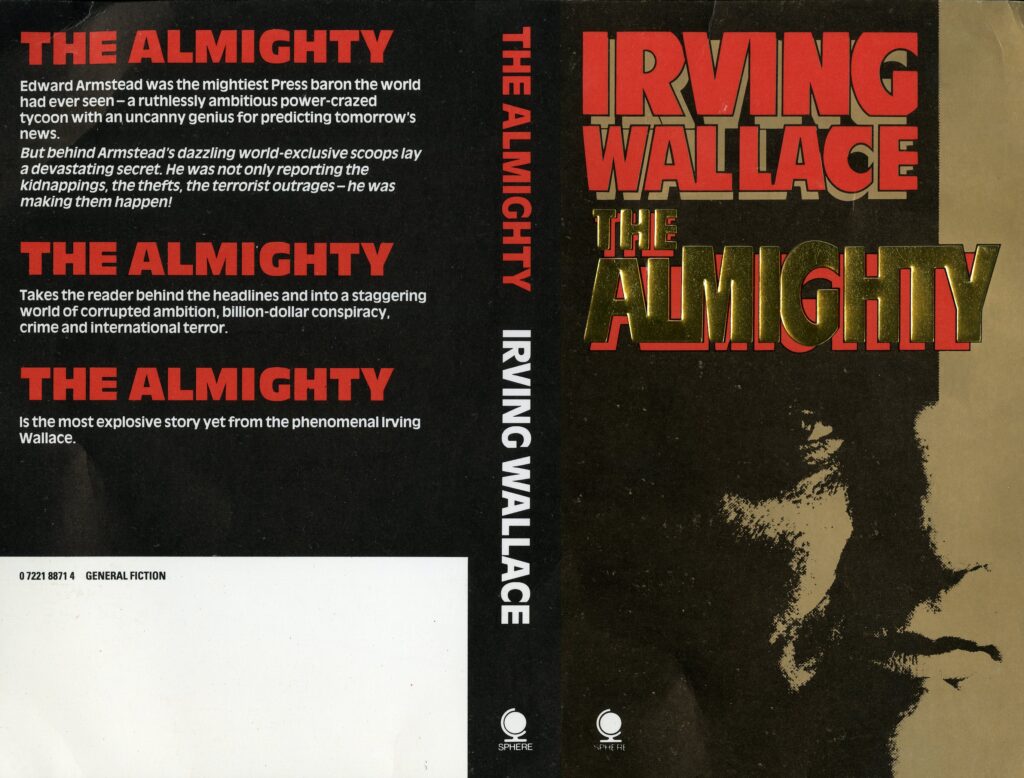
While coming across an array of unprocessed boxes including research notes, galleys, and manuscripts, I was confronted with the question: what are the priorities of the archivist? Two principal concerns came to mind: pace, promptly providing access for researchers; and preservation, tending to the longevity of the records. But what happens when priorities are at odds?
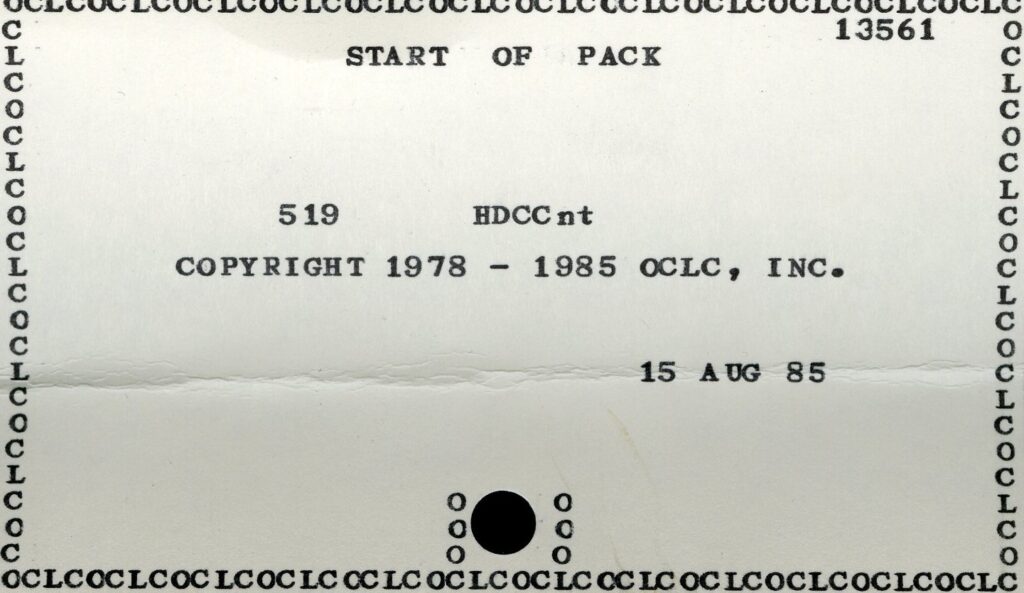
A variety of the newly found galleys are ledger sized (11″x17″) rather than letter sized (8.5″x11″) and were previously kept folded like a book proof. Pace and preservation collide through this instance as one must be compromised for the other. The galleys could have been kept folded to accelerate the processing; otherwise, to be able to adeptly preserve these galleys it would take time to acquire the materials for the pages to be housed flat. When considering how proper containers allow for many more years of research, the answer to my question was simple—preservation over pace.
Stay tuned, Chelsea
